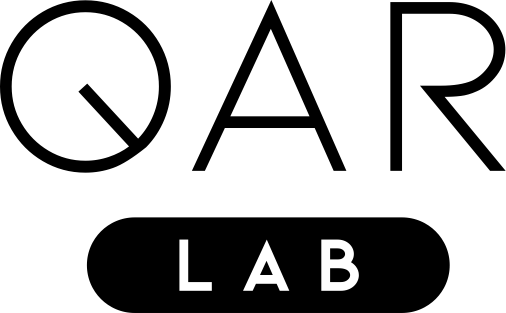Efficient semi-supervised quantum anomaly detection using one-class support vector machines
Efficient semi-supervised quantum anomaly detection using one-class support vector machines
Abstract:
Quantum computing is an emerging technology that can potentially improve different tasks in machine learning. Combining the representational power of a classically hard quantum kernel and the one-class SVM, a noticeable improvement in average precision can be achieved compared to the classical version. However, the usual method of calculating these kernels comes with a quadratic time complexity in terms of data size. To address this issue, we try two different methods. The first consists of measuring the quantum kernel using randomized measurements, while the second one uses the variable subsampling ensemble method to achieve linear time complexity. Our experiments show that both of these methods reduce the training times by up to 95% and inference times by up to 25%. While the methods lead to lower performance, the average precision is slightly better than the classical RBF kernel.
Author:
Afrae Ahouzi
Advisors:
Claudia Linnhoff-Popien, Michael Kölle, Pascal Debus, Dr. Robert Müller
Student Thesis | Published November 2023 | Copyright © QAR-Lab
Direct Inquiries to this work to the Advisors

